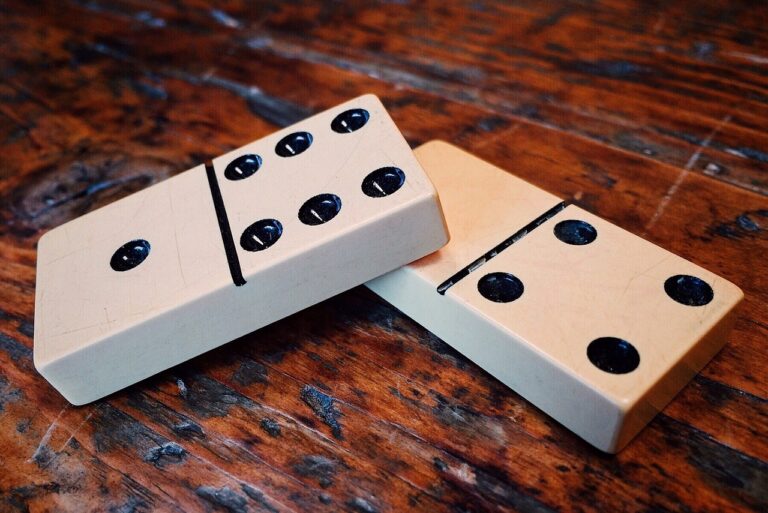You can have the most beautiful website in the world — but if no one can find it, what’s the point?
Web design and SEO aren’t separate strategies. They work best when they work together. Done right, this partnership creates websites that are not only stunning but also highly discoverable.
Are your design choices helping or hurting your search rankings?
1. Site Speed Is Non-Negotiable
Google uses page speed as a ranking factor — and users expect it too.
- 53% of mobile visitors leave a site that takes more than 3 seconds to load.
- Heavy images, animations, and poorly coded themes often slow things down.
- Tools like Google PageSpeed Insights can flag issues that affect both UX and SEO.
How much traffic are you losing to slow load times?
2. Mobile-First Design Supports Search
Google indexes the mobile version of your site first. That makes mobile usability critical.
- Responsive design ensures your content looks good on all screen sizes.
- Buttons, menus, and text need to be touch-friendly and readable.
- Poor mobile performance leads to higher bounce rates — and lower rankings.
Does your site deliver the same experience on mobile as it does on desktop?
3. Clean Code Helps Crawlers
Search engines rely on structured, readable code to index your site effectively.
- Semantic HTML5 tags (like <header>, <main>, and <article>) improve clarity for search bots.
- Clean CSS and JavaScript help avoid rendering issues.
- A flat, well-organised structure makes it easier for Google to crawl every page.
Can bots navigate your site as easily as humans can?
4. UX Impacts Engagement — and Rankings
Google’s algorithm considers user behaviour. Good design keeps users engaged.
- Clear navigation helps people find what they need — fast.
- Visual hierarchy and whitespace guide attention and reduce bounce rates.
- Interactive elements like accordions or sliders should enhance, not confuse.
Are users spending time on your site, or clicking away after a few seconds?
5. SEO Copy Needs Design Support
You can’t just stuff keywords into content and hope for the best.
- Typography, layout, and spacing make content easier to read.
- Visual cues like headings, images, and bullet points help break up text.
- Design should highlight key SEO elements — like internal links and CTAs.
Is your design making your content shine — or hiding your best messages?
6. Optimised Images Boost Visibility
Images aren’t just for looks — they help with search visibility too.
- Use descriptive file names and ALT tags for accessibility and image search SEO.
- Compress files to maintain quality without slowing down your site.
- Consider using WebP format for better performance.
Are your images helping your rankings — or just taking up space?
Build Both from Day One
The best websites are built with SEO baked into the design process from the start. When web designers and SEO experts work hand-in-hand, you get faster sites, better rankings, and a smoother user journey.
Looking for a team that blends visual design with smart SEO strategy? Design Vibe creates websites that not only look great — they perform.
Are you designing for impact — or missing opportunities?







